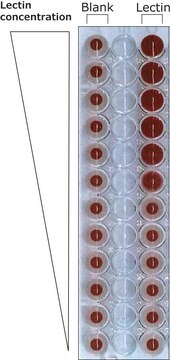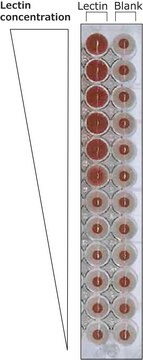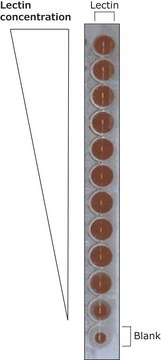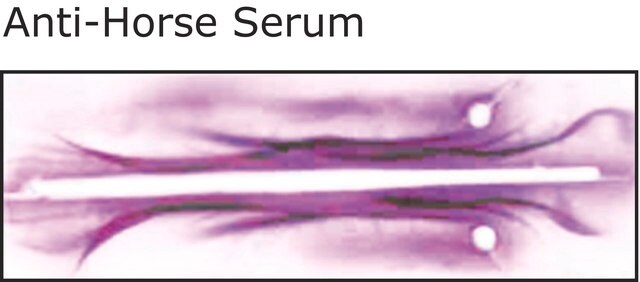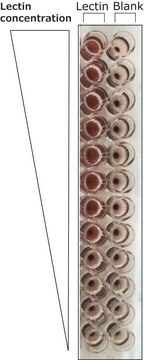L2895
Lectin from Bandeiraea simplicifolia (Griffonia simplicifolia)
Isolectin B4 (BSI-B4), FITC conjugate, lyophilized powder
Sinónimos:
Bandeirea simplicifolia agglutinin, BS-I
About This Item
Productos recomendados
conjugate
FITC conjugate
Quality Level
form
lyophilized powder
potency
<50 μg per mL agglutination activity (using human blood group B erythrocytes)
composition
Protein, ≥70% Lowry (balance sodium citrate)
extent of labeling
≥1 mol FITC per mol lectin
storage temp.
2-8°C
¿Está buscando productos similares? Visita Guía de comparación de productos
Categorías relacionadas
General description
Application
Biochem/physiol Actions
Packaging
Other Notes
Analysis Note
Storage Class
11 - Combustible Solids
wgk_germany
WGK 3
flash_point_f
Not applicable
flash_point_c
Not applicable
ppe
Eyeshields, Gloves, type N95 (US)
Certificados de análisis (COA)
Busque Certificados de análisis (COA) introduciendo el número de lote del producto. Los números de lote se encuentran en la etiqueta del producto después de las palabras «Lot» o «Batch»
¿Ya tiene este producto?
Encuentre la documentación para los productos que ha comprado recientemente en la Biblioteca de documentos.
Nuestro equipo de científicos tiene experiencia en todas las áreas de investigación: Ciencias de la vida, Ciencia de los materiales, Síntesis química, Cromatografía, Analítica y muchas otras.
Póngase en contacto con el Servicio técnico
